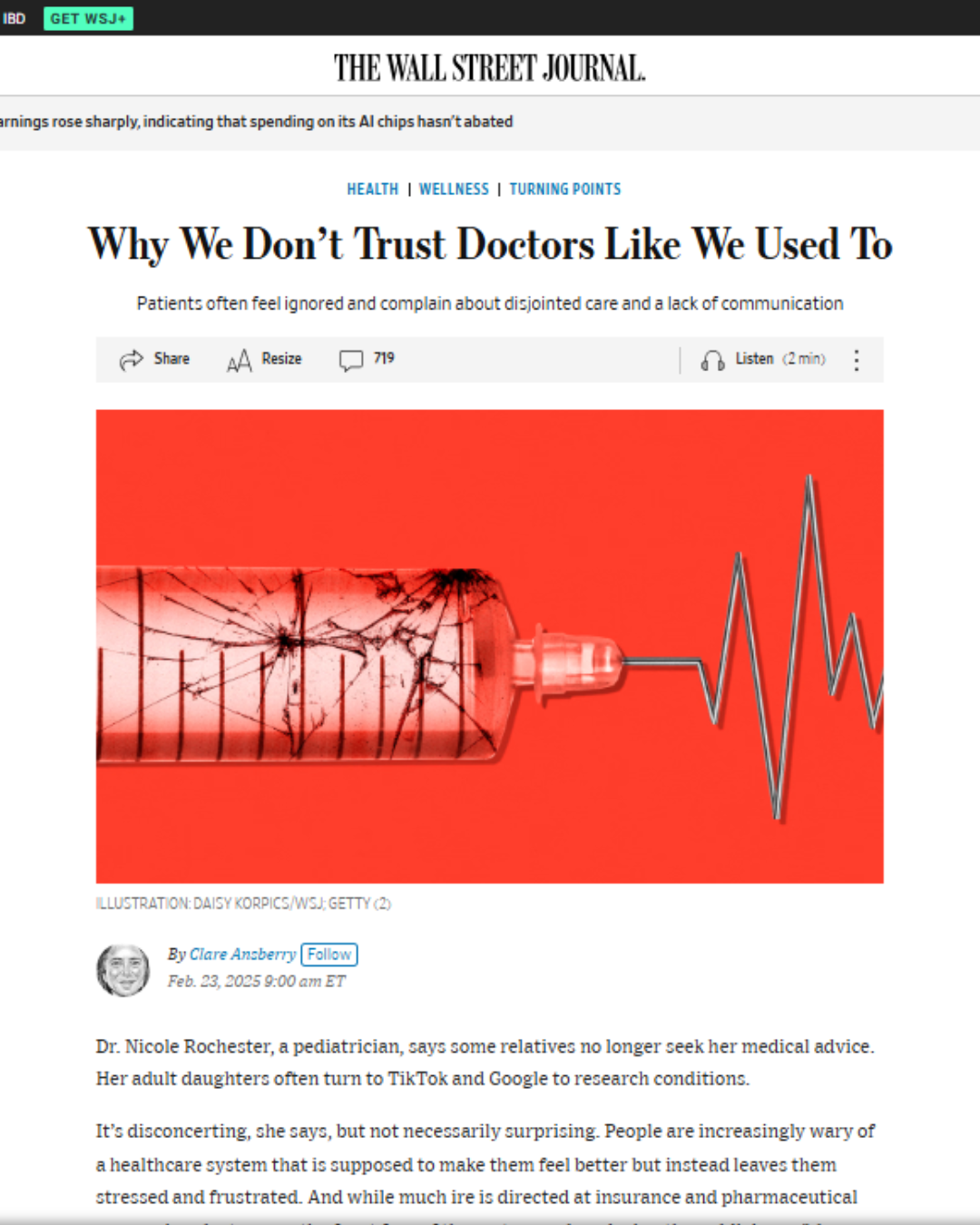I dread open enrollment season. Every year I feel a little anxious about choosing health insurance for my family. Thankfully, we’re fairly healthy and we don’t visit the doctor often, but the future is unpredictable and it’s important to have adequate coverage. The decision is a binding one and can’t be changed until either the start of the next annual open enrollment season or the occurrence of a “qualifying event” (birth/adoption of a child, marriage, divorce, death in the family, losing existing coverage due to change in job, aging out of parent’s policy, loss of eligibility for Medicaid or Medicare, moving to a different zip code or count). There are many options to choose from, which can make the decision complicated and confusing. This article provides a summary of the various types of health insurance plans to help you make more informed decisions.
Health Maintenance Organizations (HMOs)
Health Maintenance Organizations (HMOs) began to flourish in the 1970s because of the Health Maintenance Organization Act of 1973, a federal law designed to curb health care costs by introducing the concept of managed care. HMOs deliver care through a network of providers and facilities. You can only receive care from doctors within the network, otherwise you will typically be responsible for the entire bill. To see a specialist, you must have a referral from your primary care doctor (who serves as the “gatekeeper” in these insurance plans) or the visit will not be covered by your insurance plan. HMOs tend to be affordable with relatively low premiums and minimal out-of-pocket expenses. In addition, copays for doctor visits, prescriptions, labs, and radiologic studies are typically lower than the other types of plans discussed in this article. These plans are good for individuals and families without a strong physician preference, who don’t mind the requirement for referrals, and for whom cost is a strong factor in choosing health insurance.
Preferred Provider Organizations (PPOs)
Preferred Provider Organizations (PPOs) provide more choice and flexibility. Like HMOs, they have a network of preferred providers. However, individuals enrolled in PPOs can see providers both within and outside of the PPO network. Of note, your out of pocket costs will be higher if you receive care from an out-of-network provider or facility. With PPOs, you can see specialists without a referral. These plans typically have more expensive premiums. PPOs are a good choice if you are a low user of health care for whom freedom of choice is important.
Point of Service (POS) Plans
Point of Service plans combine features of both HMOs and PPOs. Enrollees are required to choose a primary care physician, who manages referrals to specialists. Care provided by out-of-network providers may be partially covered by the insurance company. However, the enrollee must pay for these services at the time they are rendered, then submit documentation to the insurer for reimbursement. Some plans have an annual deductible. POS plans may be appealing to individuals who have a long-standing relationship with a physician who participates in the network, but because of the documentation requirements and higher out-of-pocket costs this is not a popular option and often not offered by employers.
High Deductible Health Plans (HDHPs)
As the name suggests, High Deductible Health Plans (HDHPs) have a high deductible (the amount of money enrollees must pay for covered services before health insurance benefits kick in). These plans typically have low monthly premiums, but the expenses paid for medical services can be very costly. 2017 maximum out-of-pocket expenditure ranges from $6500 for an individual to $13,000 for a family. Once you meet your maximum annual out-of-pocket costs, the health plan covers additional expenses in full. HDHPs are often paired with Health Savings Accounts (HSAs). These accounts allow you to save money for your health care expenses. The money contributed to health savings accounts is not taxable if it is used for health care-related expenses. High Deductible Health Plans are appealing to young, healthy, single individuals without children who are low users of health care.
This is not an exhaustive list, but it represents the most common health insurance plans provided by employers. When selecting your health insurance plan take the time to research the options thoroughly, comparing flexibility of provider choice, maximum out-of-pocket expenses, monthly premiums, and annual coverage limits. Information is power and an informed choice is always a better choice.
Have you joined the Your GPS Doc Family? If not, please click here to receive notifications about new content as well as useful worksheets and additional resources only available to Your GPS Doc subscribers.








Are there any class action law,suits cause I’m tired if them playing God with my life. I have a new lung nodule and their refusing me a CAT scan to check it but they have no trouble taking my money.
Cathy, I am very sorry. I am not aware of any class action law suits. Be sure to partner with your doctor to draft an appeal. I have an article on this site about insurance appeals. Here is the link: https://yourgpsdoc.com/2017/06/11/how-to-file-appeal-Insurance/
I wish you the best of luck in getting your situation resolved.